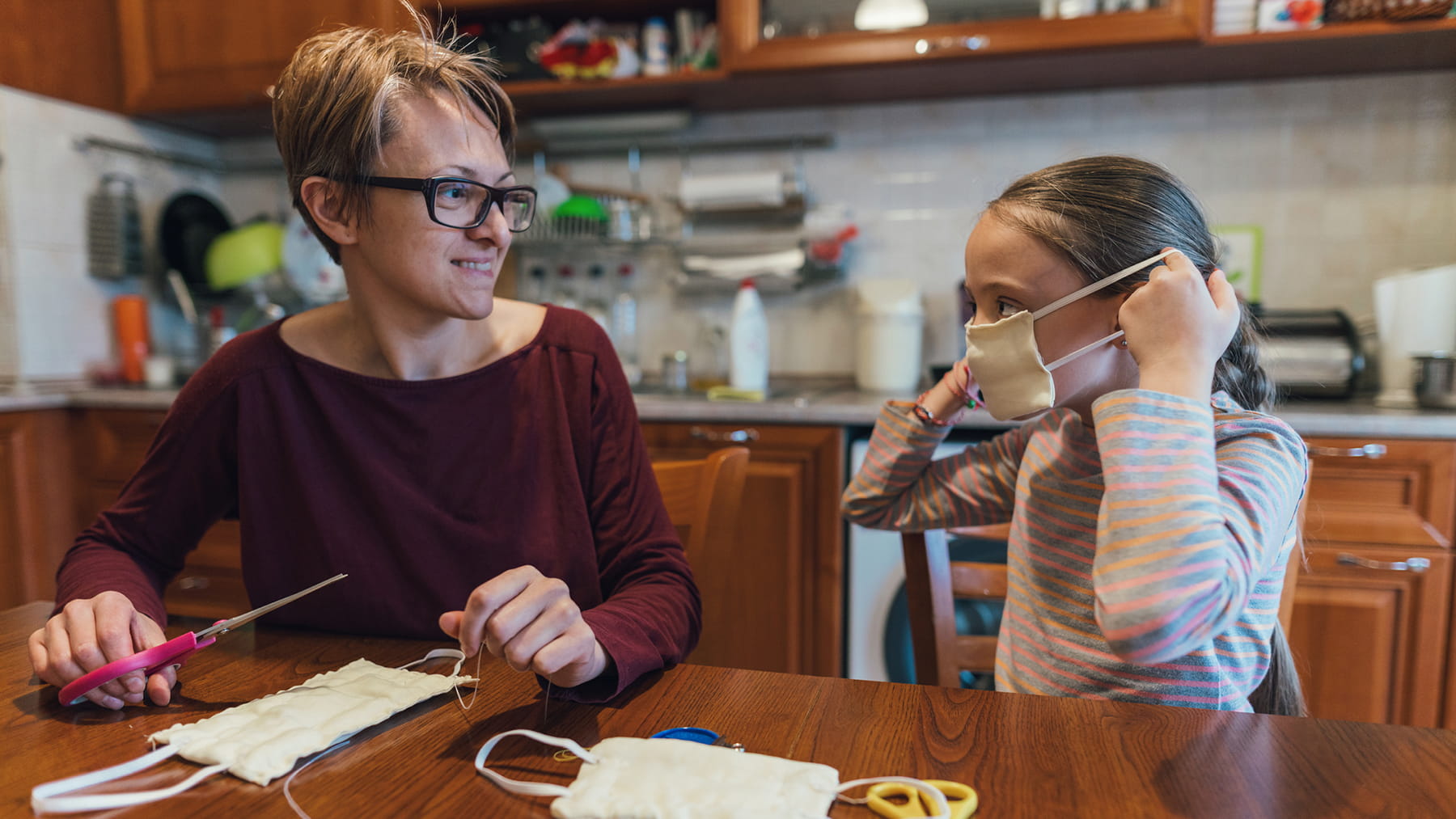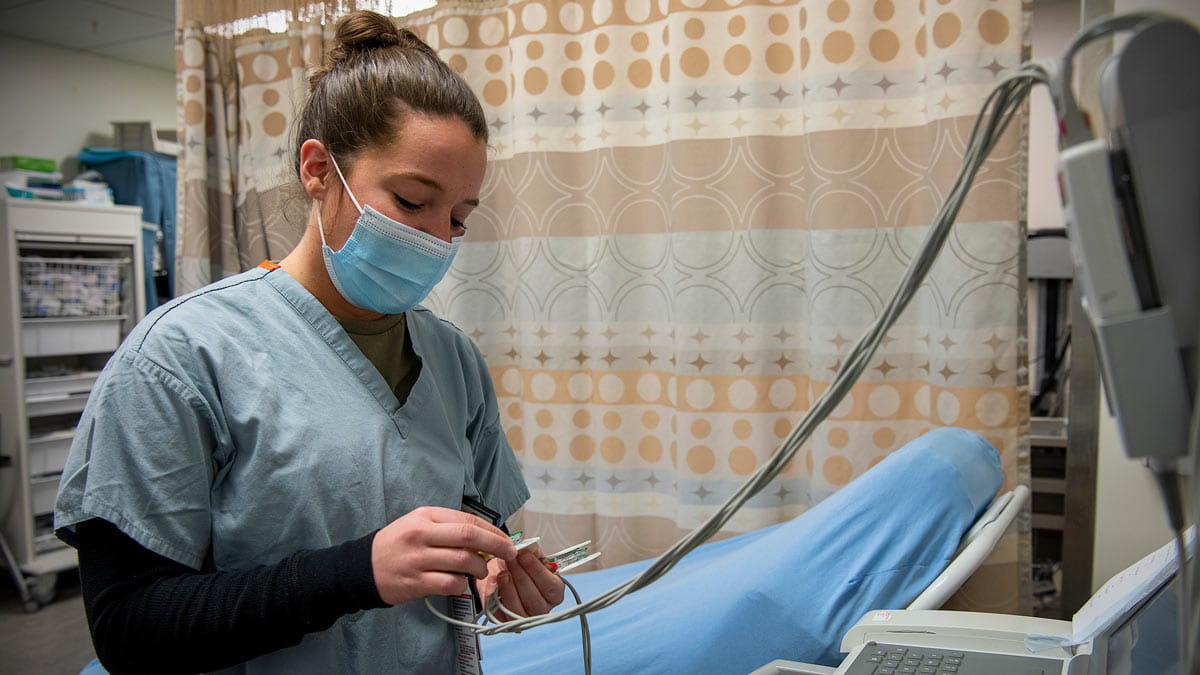What's the best face mask for everyday use?

Editor’s note: As what we know about COVID-19 evolves, so could the information contained in this story. Find our most recent COVID-19 blog posts here, and learn the latest in COVID-19 prevention at the Centers for Disease Control and Prevention.
Thankfully, there’s no shortage of face masks available for Americans these days.
For a brief period at the beginning of the COVID-19 pandemic, health organizations didn’t recommend that the general public wear face masks to prevent COVID-19 spread, both because we didn’t know much yet about how well they worked, but mostly because personal protective equipment (PPE) could become scarce for the health care workers who most needed it.
Now, we know that face masks are very effective at preventing the spread of respiratory droplets that carry COVID-19. Until we have a readily available COVID-19 vaccine that has been widely administered, masks are our best defense against the virus.
In many medical facilities, including at the Ohio State Wexner Medical Center, you will be asked to wear a provided, hospital-grade mask. We believe that in a hospital setting, hospital-grade masks, which have a greater amount of data validating their effectiveness, should be used whenever possible.
However, in everyday life, other masks are likely to prevent a lot of the spread of droplets that carry COVID-19. Here’s how to choose a personal mask that’s best for you.
Fit
The most important thing about a mask is that it fits you well—it needs to cover both your nose and mouth and stay in place while you’re talking and going about your business. If it hangs below your nose or if you need to frequently adjust for comfort or fit, its effectiveness is significantly reduced.
It’s also important that it doesn’t irritate your skin or ears. You can choose now from masks with ties, ear loops and even accessories that help distribute pressure better.
Thickness
It’s best to use a mask that’s thick enough or has enough layers (two to three is recommended) that you can’t see light through it easily when you hold it up to sunlight. If light can get through it, respiratory droplets likely can, too.
What to avoid
In most cases, any mask is better than no mask. However, we caution against neck gaiters made of thin material that’s pulled tight against the nose and mouth. Studies now show that these gaiters not only allow respiratory droplets through the material, but they can also fracture those droplets into smaller, aerosolized droplets that remain in the air even longer.
For more questions about face masks and COVID-19:
- How to make a cloth face mask
- Do masks cause lower oxygen levels?
- What will signal the end of the COVID-19 pandemic?
Iahn Gonsenhauser is the chief quality and patient safety officer at The Ohio State University Wexner Medical Center and an assistant professor in the Ohio State College of Medicine.




